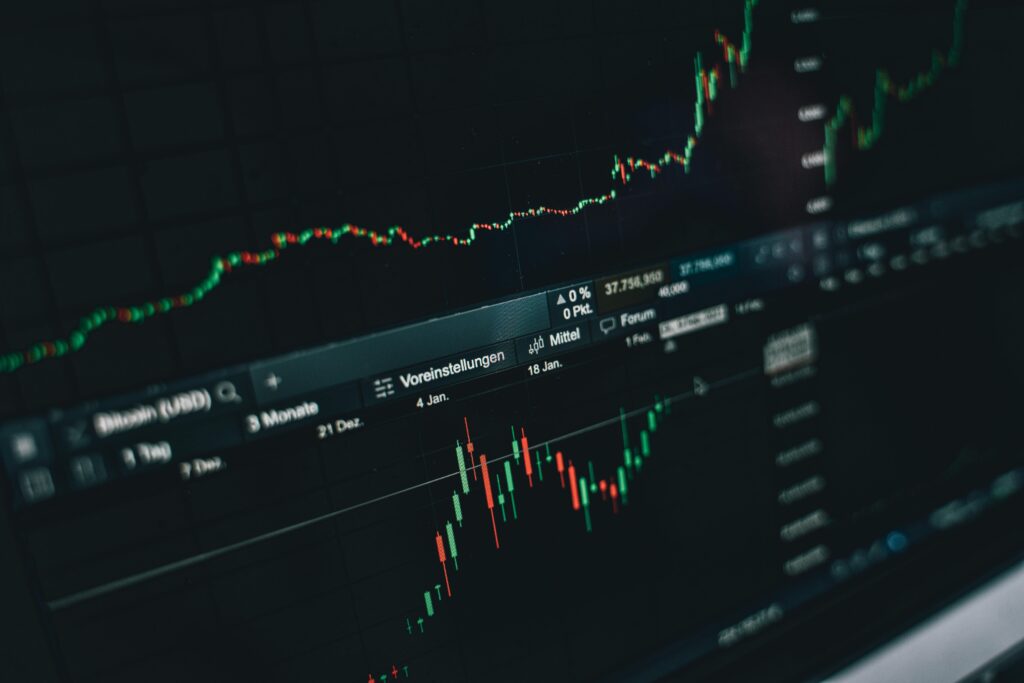Turbulence in geopolitical landscapes, especially between Israel and Iran, is igniting volatility in financial markets. However, central bank policies are simultaneously poised to play a crucial role in dictating market directions. As traders grapple with these dual forces, the dynamics of forex markets become increasingly complex.
Central Bank Policies and Economic Projections
At the forefront, the Federal Reserve’s upcoming meeting is drawing widespread attention. While the consensus leans towards maintaining current interest rates, market participants eagerly await the policy statement, fresh economic projections, and the future rate forecast in the dot plot. In light of recent cooler-than-expected inflation data, pressure on the Fed has slightly eased, but concerns around tariff-induced inflation and labor market softness remain palpable.
Other central banks are also under the market’s microscope. The Bank of Japan is anticipated to persist with its dovish stance by keeping rates unchanged, while the Bank of England is expected to follow a similar path. Contrastingly, the Swiss National Bank is projected to cut its policy rate by 25 basis points.
As these central bank policies unfold, their implications are significant for forex traders. Currency pairs often react swiftly to policy shifts, impacting transaction costs, hedging strategies, and overall market sentiment.
Geopolitical Impacts Amplified by Trade Dynamics
Meanwhile, ongoing geopolitical unrest has spurred a classic flight-to-safety response, causing initial gains for the U.S. dollar. Despite these gains diminishing, the greenback managed to secure a higher close against major currencies. However, these geopolitical strains have also heightened the complexity of market movements, as seen with fluctuating yields that don’t entirely adhere to conventional expectations, possibly affected by fears of rising oil prices and inflationary threats.
Stock markets have mirrored these uncertainties, with U.S. indices facing declines, led by the Dow and NASDAQ. As geopolitical dilemmas intensify, traders continue to weigh the impact on risk sentiment and asset valuations in both forex and stock markets.
Outlook and Opportunities in the Forex Market
Looking forward, the intertwined effects of central bank policies and geopolitical tensions will keep traders alert. The monetary policy landscape, along with fiscal stimuli and geopolitical developments, holds the key to future forex market trends.
Additionally, economic indicators such as U.S. retail sales, UK GDP figures, and Australian labor statistics will offer further insights into global economic health. These data points can potentially swing market sentiment and impact currency valuations, thus providing traders with cues for strategic maneuvers.
In conclusion, as central bank policies evolve amidst global uncertainties, staying informed is imperative for market participants navigating these challenging waters.
At Bakara Invest, our analysis suggests that the combined effects of central bank decisions and geopolitical tensions present both risks and opportunities in the forex market. Traders should remain vigilant and adaptable in their strategies.
For more Forex market insights, visit our Forex News Section.
